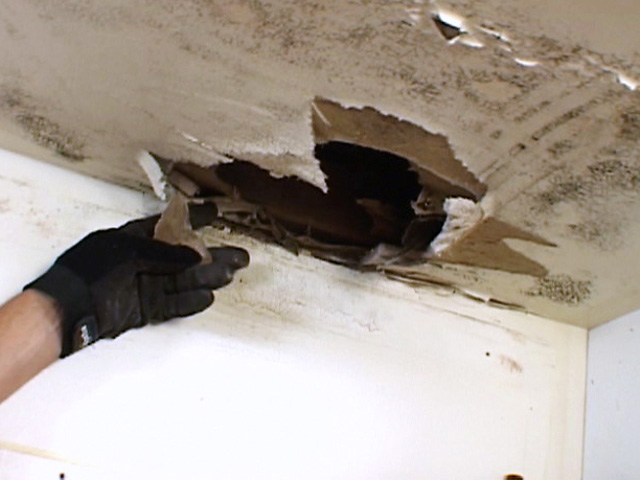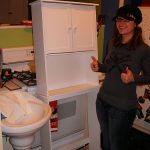Never underestimate the damage that can be caused by moisture in walls. The most obvious damage is the one visible to us, which is a spoiled paint job. However there is more to it than what our eyes can see. There is significantly more damage to our homes whenever we have condensation in the house.
Effects of Moisture in Walls
Other than getting your paint job ruined, there are other effects of getting moisture in walls. Of course, the most common of all these effects is getting black mold. You can find this on walls and they can even spread to your carpet if left unattended. Black mold usually creeps up on other pieces of wood in your home as well.
Another thing you get if you have condensation forming in your walls is a salting effect. The plaster on your walls reacts with the moisture and causes this to appear. This may also cause your plaster and wallpaper to flake. However, there is less obvious damage that will also require an equal amount of attention.
Other than the obvious damage to your walls and other parts of your home, getting moisture in your walls also causes health issues. People who are quite sensitive to molds can have issues with the accumulation of molds. This pertains especially to asthmatics and people who have similar health issues.
Addressing the Issues
To avoid the build up of moisture in walls you should keep the relative humidity below 65% to 70%. Use a hygrometer to measure how much humidity is in your home. You can control the percentage of humidity if you balance your ventilation with your house?s heating system. Maintain the relative humidity between 55% and 65% to avoid moisture and condensation buildup and still keep a comfortable living environment.
Another thing you can do is to repair any faulty insulation in the house. You will need an infra red thermometer to check for cold spots on your walls and other areas. Cold spots are prone to accumulate moisture. You should fix the insulation in areas of your home where cold spots are located.
If you already have an outgrowth of molds you should use an anti-mold cleanser to remove it from your walls and furniture. After getting rid of the molds you should locate the source of the moisture in walls. A neat tool you can try is a condensation test strip. You can place it on an area you think where the moisture enters. If it changes color then you tell that that is the problem area you should work on.
Repair the insulation and plaster in the damaged section of your walls accordingly. Only after that should you do any kind of redecoration. A repainting tip is that you should mix an anti-mold additive to your paint. One last tip to fix moisture in walls is to install a dehumidifier. It reduces the amount of moisture in the air in your home and it is able to provide some warmth as well.


